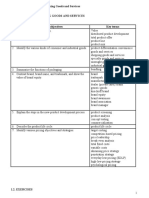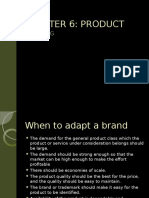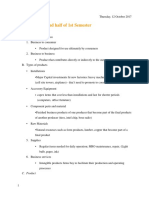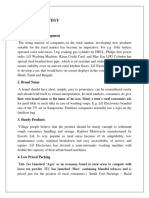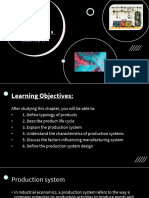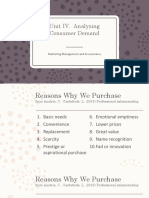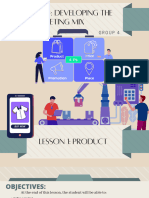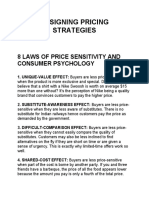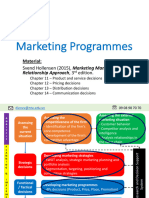0% found this document useful (0 votes)
26 views6 pagesChapter 14
Chapter 14 discusses the development and pricing of goods and services, emphasizing the importance of the total product offer, which includes consumer evaluation of benefits versus costs. It outlines various types of consumer and industrial goods, the functions of packaging, and the significance of branding and brand equity. Additionally, it covers the new-product development process, the product life cycle, and various pricing objectives and strategies.
Uploaded by
huongtruc56Copyright
© © All Rights Reserved
We take content rights seriously. If you suspect this is your content, claim it here.
Available Formats
Download as DOCX, PDF, TXT or read online on Scribd
0% found this document useful (0 votes)
26 views6 pagesChapter 14
Chapter 14 discusses the development and pricing of goods and services, emphasizing the importance of the total product offer, which includes consumer evaluation of benefits versus costs. It outlines various types of consumer and industrial goods, the functions of packaging, and the significance of branding and brand equity. Additionally, it covers the new-product development process, the product life cycle, and various pricing objectives and strategies.
Uploaded by
huongtruc56Copyright
© © All Rights Reserved
We take content rights seriously. If you suspect this is your content, claim it here.
Available Formats
Download as DOCX, PDF, TXT or read online on Scribd
/ 6
